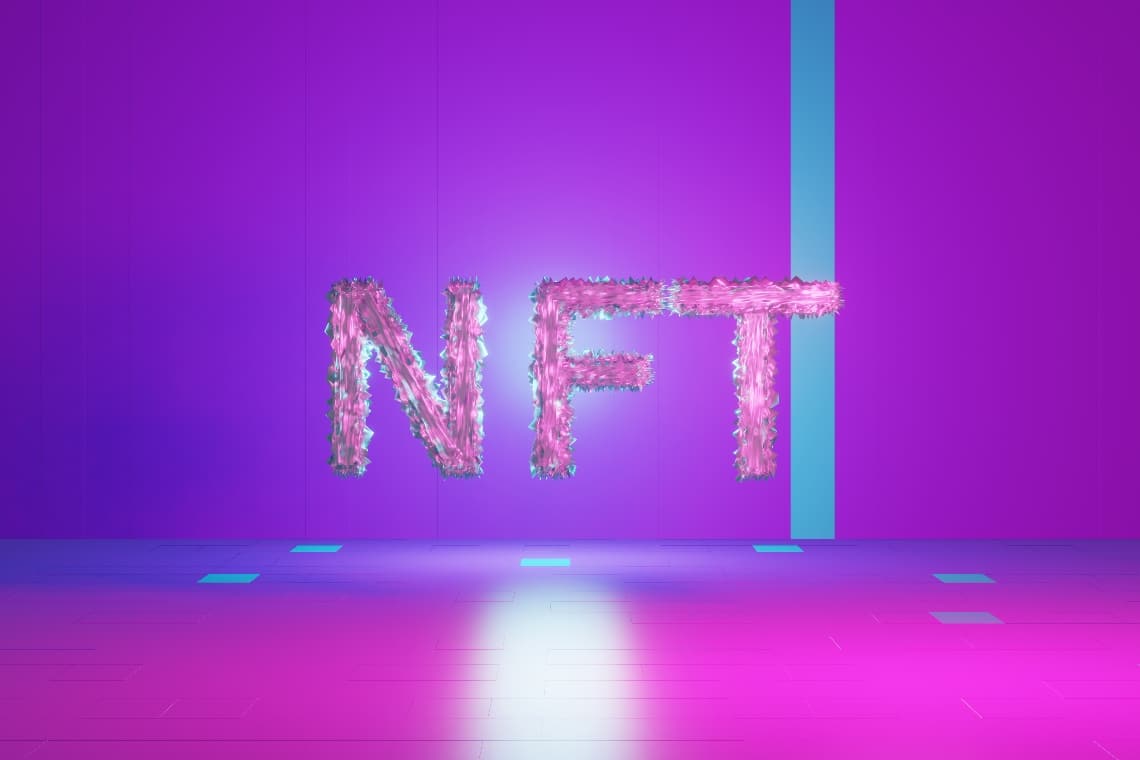Since 2017, when people started talking about blockchain applied to art, many technology experts have associated the topic of transparency as a factor of absolute interest, even “revolutionary”, for the art market.
That the “physical” art world is based, to a large extent, on the opacity of information for artwork exchange transactions is now an established and well-known fact.
This is because the art market is unregulated and the data of the major reports are mainly processed from the results of auction house sales, which is the only true, more or less, public evidence that sets the estimate and thus the shared quotation of artists and their works.
Today, thanks to the media explosion of NFTs, we are increasingly hearing the word transparency associated with crypto and digital art as a key element for innovating the art sector.
If the concept of transparency is at the basis of the blockchain, at least in the broadest and most theoretical sense of the statement, then NFTs based on Ethereum smart contracts are supposed to regulate and make transparent every transaction, wallet and relationship of ownership of a digital artwork or otherwise.
The conditional is necessary, as this is not always done in a clear, decipherable and simple way, even in the face of the increasing number of sidechains to lower the cost of gas fees, or of networks that are not completely decentralized or of the peculiar systems of the individual platforms for associating the work to the smart contract.
Therefore, the ideal of transparency associated with NFTs is only partially manifest, and is not applicable or traceable before an in-depth case-by-case study of current uses.
What is certain is that if a smart contract is created on the Ethereum network, it is sometimes possible to go back – like the White Rabbit – to the “Hole” of the Collector and the Seller, in the same way, it is possible to see all the movements of the associated wallet and the remaining balance.
An example?
The great digital art collector NFT @4156 bought the work “Death Dip” by the artist XCOPY on the SuperRare platform for the incredible sum of 1,000,0Ξ equal to today’s exchange rate of $1,735,000.
So, going back to the transactions through the address of their wallets we can discover that at this moment the balance of the digital wallets amount respectively to 769.55 ETH ($1,667,741) in that of the artist and 301.31 ETH ($653,757) in that of the collector, obviously also in light of further input and output transactions occurred subsequently and further traceable.
This is the beauty of the blockchain, the beauty of transparency, the beauty of sharing, but are we sure it is as fascinating, known and desired by traditional art collectors?
This is the million-dollar question – or ETH as the case may be – that the big “physical” and traditional art world collectors should accept, or at least be aware of.
Confidentiality and privacy have always been one of those unwritten “rules” and dynamics that have characterized and made the art world peculiar, attractive to wealthy collectors especially from the East, for whom private sale purchases are rising year by year.
Is letting everyone know that you own a work of art, that you have a certain amount of resources available or tracing its provenance back to its source not a barrier rather than an advantage?
The recent European anti-money laundering regulation AMLD51, in force in Italy from 2019, which imposes the obligation of buyer verification and tracking for sales of works of art over €10,000 and in some cases a ban on triangulation, has shaken quite a few souls on the part of both operators and collectors.
I have always maintained, written and spoken publicly about how it was not very fruitful to talk about transparency in reference to a market where the players do NOT want transparency, precisely because of the peculiarities of the very dynamics that govern its operation.
Will crypto art, NFTs and blockchain be able to convince and reassure, changing these consolidated dynamics of the art world and its operators?
Or perhaps will they find other and new dynamics that are suitable to them, especially in the light of the lack of regulation of NFTs and their associated opportunities?
Or will it be enough not to point it out to them?
Or will they just turn a blind eye?
Whatever the answer, this is the thing about innovation even in the art world, be it physical or digital.




